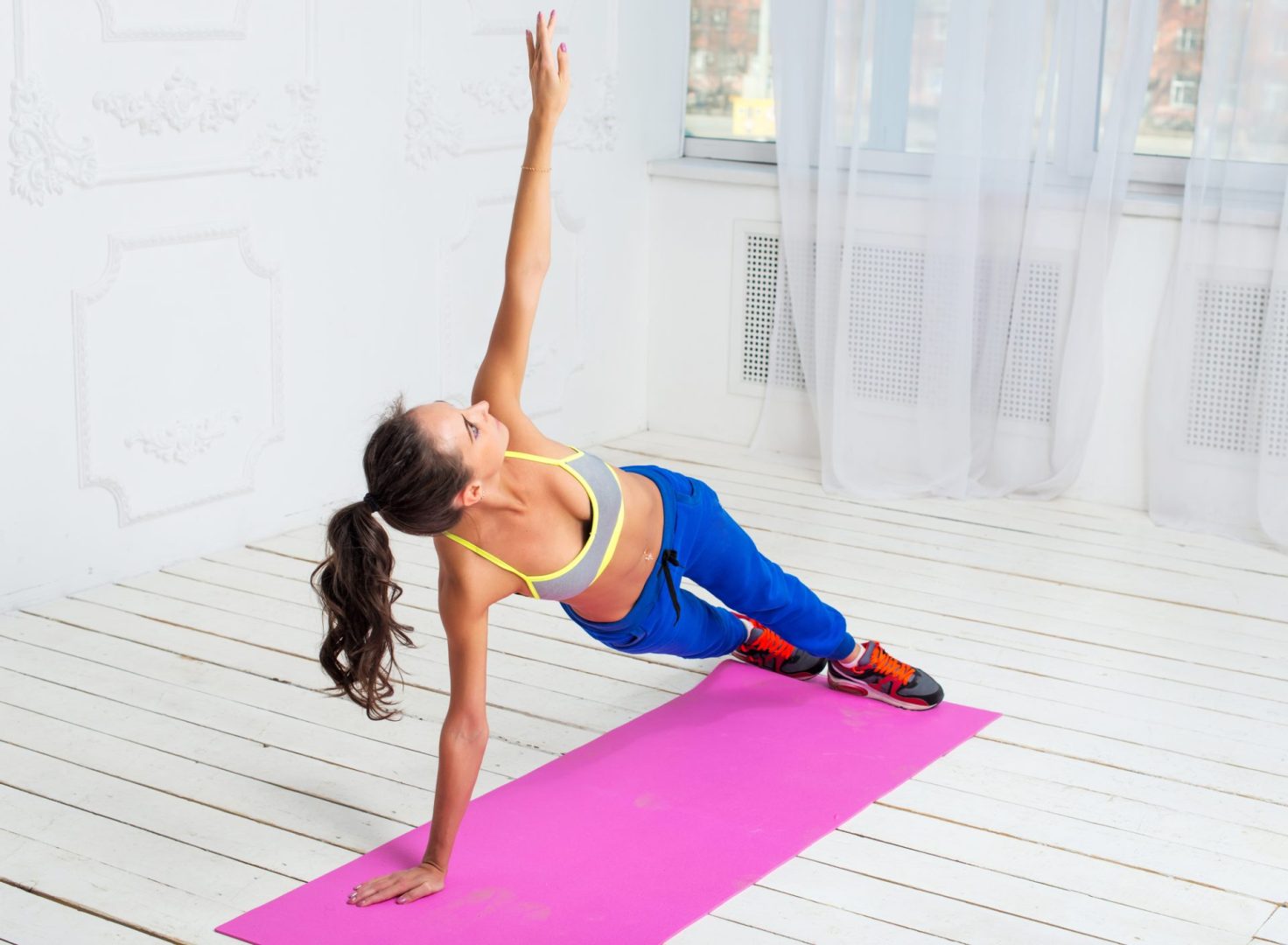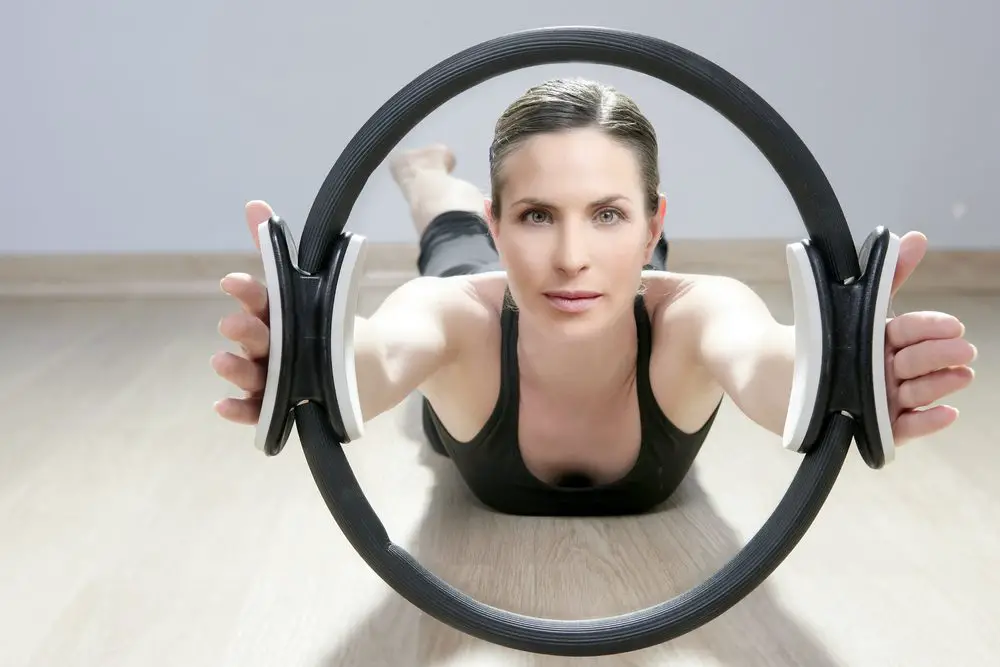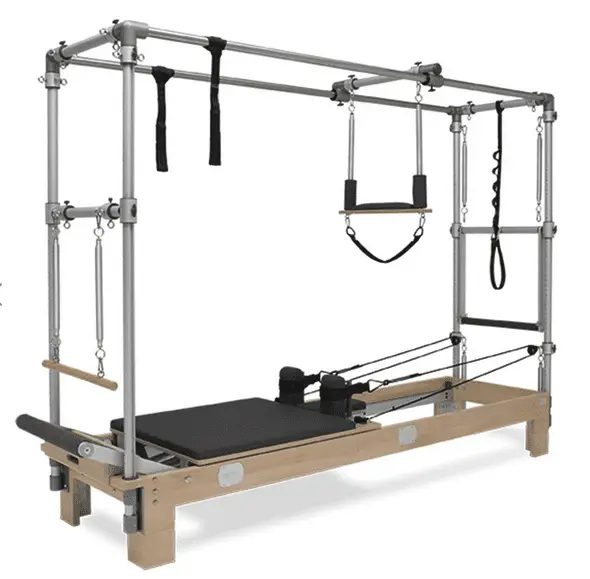Exercise
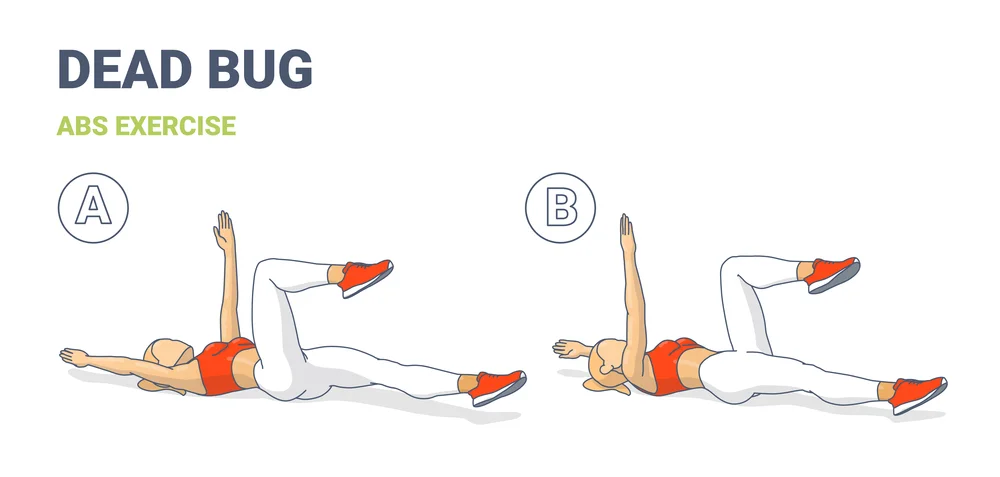
Pilates is able to improve not just your flexibility and strength, but allow you to perform everyday actions easier.
It can focus on muscles that don’t see consistent activity, so when we do need them they aren’t as developed as we would like them to be.
There are moves in pilates that specifically focus on core strength. These exercises can improve your abdominal muscles and pelvic stability.
This will help not just in playing various sports, but also when you need to do extended movements or any action that requires core strength like getting up from lying down and lifting heavy items off the floor.
The core is the base you need in order to support your whole body, without a strong core, daily life becomes a lot more difficult.
One of the moves you can do in pilates that would increase your core strength is a dead bug. In this article, we cover how to do this move and its benefits.
What Is The Dead Bug?
This is a very simple and beginner-friendly move despite the gross name. It targets core stability and allows you to have more controlled movements between your hips, pelvis, and spine.
Dead bug is great as it affects multiple muscles in the core and can be easily adapted to be made more challenging.
With this move, there is essentially no strain on the lower back because it is a move that is performed lying down with a neutral spine.
The aim is to keep the spine as still as possible so you’re not arching it up or pushing it further into the floor.
How To Perform The Dead Bug
- Lie down on your back on a mat. Have your feet flat on the floor with your knees bent. You can use a pillow under your head if you are feeling it is extending too far back.
- Have your arms resting by your sides. The palms can be facing up or down, whichever is more comfortable.
- Have your spine be neutral, you can help this by relaxing your sit bones. You want there to be a small natural gap between your lower back and the mat you are lying on.
- Even your breathing out, this will create stability and allow you to perform the move easier.
- Exhale and lift one of your legs in the air. Your thigh bone should be perpendicular to the floor and your shin should be parallel. Essentially you want to lift your leg off the floor while maintaining the same bend in your knee.
- Pause while inhaling.
- Exhale and lower your leg back to the floor.
- Repeat this action.
- Swap your breathing pattern and repeat. Raise on the inhale, pause on the exhale, and lower on inhale.
- Swap your leg and repeat the above steps.
Variations
Once you have mastered the leg movements, you can move on to performing the full dead bug. This is where you include your arms in the movement as well.
For the full dead bug, you lie flat on your back but you have your arms extended toward the ceiling and your feet are already off the ground with your thighs perpendicular and shins parallel to the floor.
On the exhale, lower your foot until your toes almost touch the mat, and at the same time lower the opposite arm to the floor above your head. On the inhale return to the starting position. Then repeat on the other side.
For more challenges, you can hold a resistance band between your hands, hold onto dumbbells, or add ankle weights.
To improve coordination you can try this move with the arm and leg on the same side moving with each other instead of the opposite arm and leg.
Benefits
Any core exercises will naturally improve your overall posture, this is because the muscles holding you up will be more flexible and won’t strain when extended. This will also help your overall balance and coordination.
Since this movement doesn’t put any strain on your lower back, it can also help to ease the pain there.
What Muscles Does It Target?
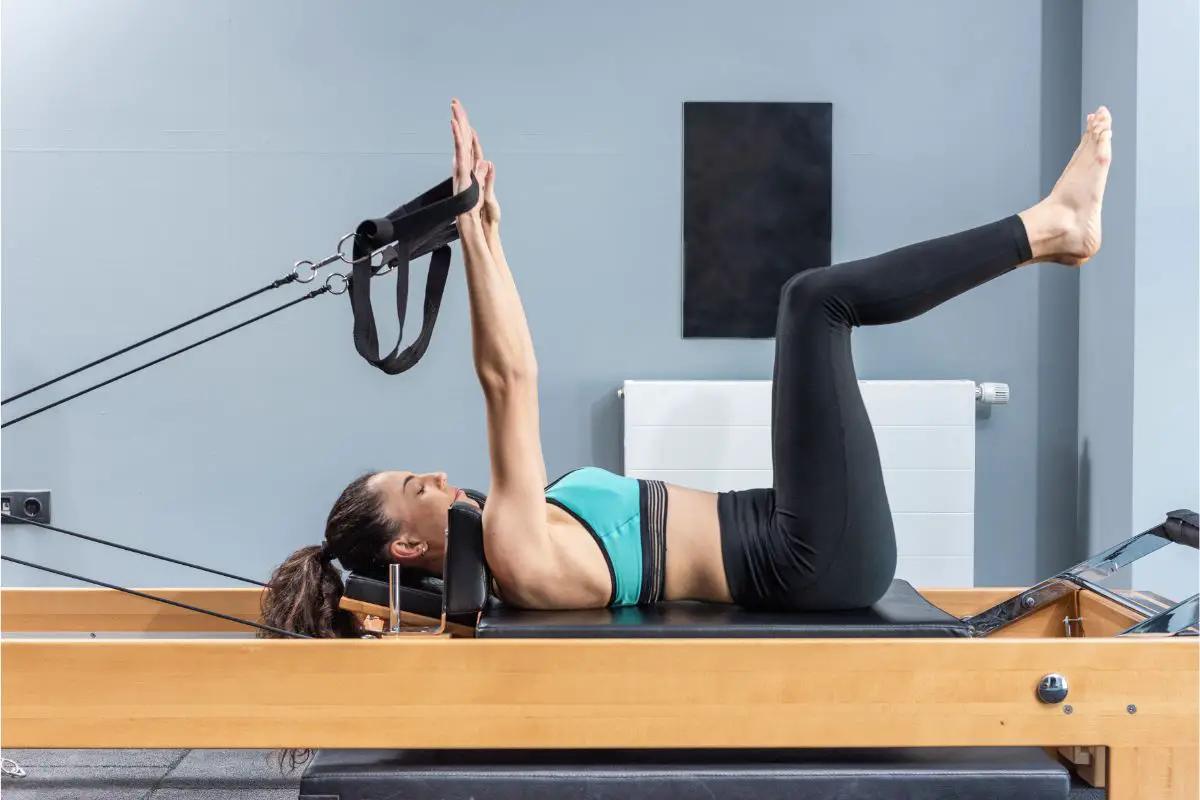
As we previously stated, dead bug reaches a lot of muscles including the ones that are less obvious.
While it does strengthen the rectus abdominis (the 6-pack muscles) and the obliques (the side muscles), it also strengthens the deep core transverse muscles.
These muscles are usually hard to reach with certain exercises so this move is great to add to an exercise or warm-up routine.
As with many other pilates moves, dead bug is great for improving your diaphragm.
Since each move correlates to either inhaling or exhaling, your body naturally becomes accustomed to a rhythmic breathing pattern.
Final Thoughts
This move should be performed with a neutral spine and a focus on the hips. The legs should move at the hip instead of the back or leg muscles.
This is why it is important to keep the bend in your leg the same and to relax your spine as much as possible.
If you feel your back moving during this exercise or there is any serious strain in other parts of your body, then you will need to evaluate how you are performing the move and adjust accordingly.
If you have an irritable back injury that causes you a lot of pain, then you should avoid doing this exercise or consult with a doctor beforehand.
Pilates is about building up muscle strength and helping your overall body function easier.
The best way to know if you are doing a move seamlessly is if you are holding a natural conversation while performing dead bug.
If your voice strains or you are unable to hear the other person past your own breathing then you may need to move into an easy version of dead bug until you are used to the movements.
